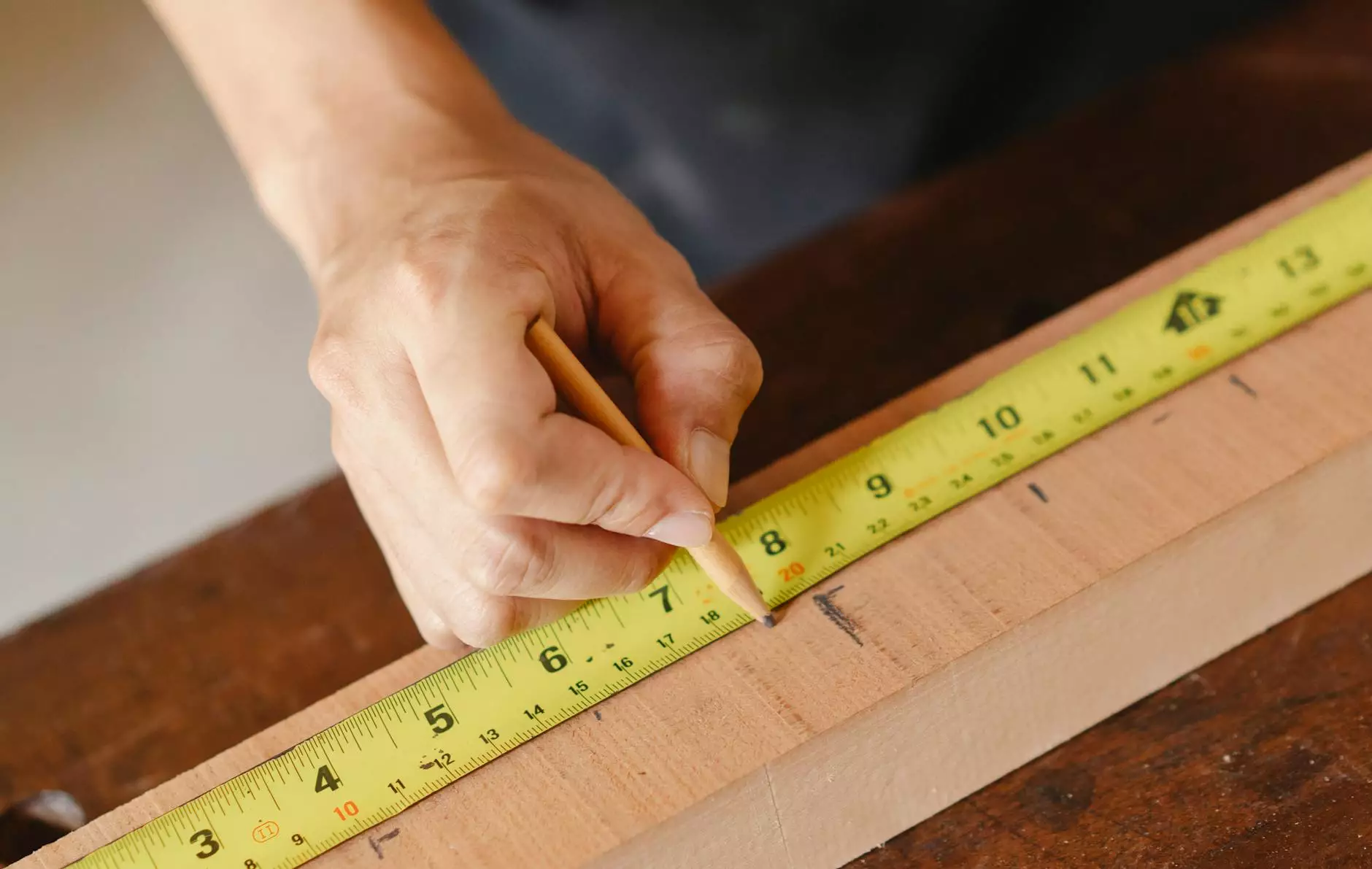The Ultimate Guide to Plastering a Pool

When it comes to ensuring the longevity and aesthetics of your swimming pool, plastering a pool is one of the most vital steps. Not only does it enhance the visual appeal, but it also provides a protective layer that can withstand the rigors of frequent use and environmental factors. In this comprehensive guide, we will delve into every aspect of plastering a pool, from the materials used to the techniques employed, along with maintenance strategies to keep your pool looking vibrant for years to come.
What is Pool Plastering?
Pool plastering is the process of applying a plaster coat to the interior surface of a swimming pool. This layer may consist of a mixture of cement, sand, and water, often combined with a special aggregate to provide an appealing finish. The primary purpose of plastering is twofold: it seals the concrete shell of the pool and provides a smooth surface for swimmers to enjoy. This process not only enhances the appearance of the pool but also protects the underlying structure from wear and tear caused by water and chemicals.
Benefits of Plastering a Pool
Understanding the benefits of plastering a pool is vital for homeowners who are considering completing this task. Here are several key advantages:
- Enhanced Aesthetics: A well-plastered pool looks pristine, reflecting light beautifully and adding to the overall landscape of your outdoor space.
- Increased Durability: Plaster provides a tough barrier against water penetration, chemicals, and physical abrasion, significantly extending the lifespan of the pool.
- Comfortable Surface: A smooth plaster finish is gentle on the skin, making swimming more enjoyable.
- Improved Water Circulation: A good plaster job contributes to better water circulation, reducing dead spots and the chances of algae growth.
- Easy Maintenance: Properly plastered pools are easier to clean and maintain, as the smooth surface resists staining and buildup.
Materials Used for Pool Plastering
Selecting the right materials is crucial when it comes to plastering a pool. Here’s a breakdown of the essential components:
Cement
The primary ingredient in pool plaster is hydraulic cement, known for its strength and durability. It is specifically designed to withstand exposure to water and chemicals.
Aggregates
A variety of aggregates can be mixed with cement to create different textures and appearances. Common aggregates include:
- Silica Sand: Provides a smooth finish and is the most traditional aggregate.
- Colored Quartz: Often used for a decorative finish, adding both color and slip resistance.
- Glass Beads: Popular for a shimmering effect that enhances the pool's aesthetics.
Additives
Additives can be mixed with plaster to improve performance, including:
- Waterproofing Agents: Help create a tighter seal against water leakage.
- Fibers: Reinforcement materials such as synthetic and natural fibers can improve flexibility and durability.
Choosing the Right Plastering Technique
There are several techniques available for plastering a pool, and selecting the best one can depend on various factors including pool type, existing surface condition, and desired finish. Here are the most common methods:
Traditional Pool Plastering
The traditional method involves applying a wet mix to the prepared surface. It is typically applied in a single coat and can achieve a variety of finishes based on how it is troweled and finished.
Pebble Finish
This technique incorporates small pebbles or aggregates that are embedded into the plaster. It offers a unique texture and provides more slip resistance, making it a popular choice for many pool owners.
Quartz Plaster
Combining high-quality quartz aggregates with cement creates a durable, attractive finish. It is known for its resilience and visual appeal, making it an excellent option for those looking to enhance their pool's aesthetics.
The Process of Plastering a Pool
Plastering a pool is not a simple DIY task—it requires skill and experience. Below is a step-by-step breakdown of the plastering process:
1. Preparing the Surface
Before plastering, the pool surface must be thoroughly cleaned and any existing plaster should be removed. This may involve:
- Draining the pool to expose the surface.
- Scraping off old plaster or surface materials.
- Repairing any cracks or damage to the underlying structure.
2. Mixing the Plaster
The next step is to mix the plaster to the right consistency. It should be mixed in small batches to ensure it is workable, adhering to the manufacturer's instructions for optimal results.
3. Application
Using a trowel or float, the plaster should be applied in an even coat. This step requires skill to ensure a uniform thickness and smooth finish. Typically, the plaster is applied rapidly to avoid it setting prematurely.
4. Finishing Touches
After the plaster is applied, finishing techniques can be employed to achieve the desired look. This may include:
- Brushing for texture.
- Polishing for a shine.
- Using tinted mixtures to achieve color variations.
5. Curing
Once the application is complete, the plaster must be cured properly. This typically involves keeping the surface moist for several days to allow it to set correctly and bond with the underlying surface.
Maintenance Tips for Plastered Pools
To maximize the lifespan of your plaster finish, proper maintenance is essential. Here are some effective maintenance tips:
Regular Cleanings
Consistently cleaning your pool will prevent staining and buildup. Use a soft brush suitable for plaster surfaces and a skimmer net to regularly remove debris.
Chemical Balance
Ensure that water chemistry is balanced. Regularly check the pH and chlorine levels to keep the plaster in good condition. Improper pH levels can lead to etching or discoloration.
Avoiding Abrasive Cleaners
Stay away from abrasive chemicals or tools, as they can scratch and damage the plaster surface.
Addressing Cracks Promptly
If you notice any cracks or chips in the plaster, address them immediately to prevent further damage. Depending on the severity, you may need to consult a professional.
Conclusion
Plastering a pool is a crucial investment that innovatively enhances both the beauty and durability of your swimming pool. Understanding the materials, techniques, and maintenance required can significantly increase your pool’s longevity while ensuring a delightful swimming experience. By prioritizing quality plastering and regular upkeep, you can enjoy a stunning oasis in your backyard for many years to come. If you're considering plastering a pool, reach out to professionals who are skilled in pool renovation, like those at poolrenovation.com, to ensure the best results.









